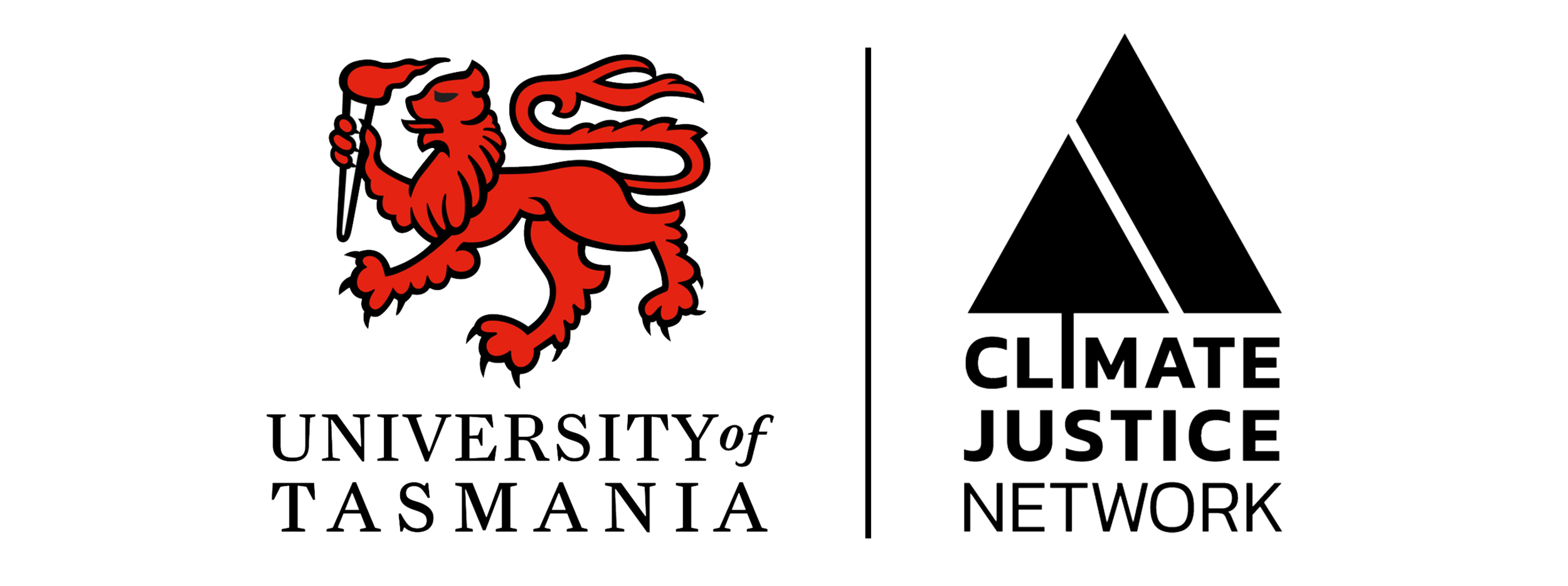Equity and the UN climate negotiations
One of the most vexed questions in the international climate negotiations is how to share the effort of keeping warming below dangerous levels. If we have to reduce pollution to stabilize the Earth’s climate, then how much should each country contribute, and who should pay?
In the global agreement adopted in Paris in 2015 countries agreed to a goal of keeping warming below 2 degrees C above pre-industrial levels, with efforts to limit warming below 1.5 degrees C.
To achieve this objective, the volume of greenhouse gasses building up in the atmosphere must peak and decline rapidly over the next few decades, with the world’s net emissions and removals balancing out at zero in the second half of this century.
Wealthier countries have argued that many of the opportunities to avoid growth in emissions arise in developing countries, which have not yet built their energy systems and infrastructure, and so action should take place there.
Many poorer countries, by contrast, have argued most of the emissions causing warming have come from wealthy countries over many decades as they built infrastructure and developed, and wealthy people in these countries continue to consume and pollute well above the global average. Poorer countries, in turn, have a right to eradicate poverty and develop sustainably.
As well as concerns about who takes a lead in reducing climate pollution, are questions about how to pay for it – in other words, who should contribute the money, technology and capacity needed to get the job done, and how much it will cost.
Poorer and more vulnerable countries are also faced with the question of how to balance the cost of cutting emissions, with efforts to tackle the devastating impacts of climate-related disasters – witness the recent effect of hurricanes in the Caribbean.
These elements are linked together – how much the planet warms affects how much countries and communities need to adapt to adverse climate impacts, and levels of damage. On the other side of the equation, greater efforts to cut pollution imply lower atmospheric concentrations and temperatures, and lower damage. In each case, finance, technology and capacity is needed to help countries, particularly the poorer and more vulnerable ones, to mitigate and adapt to climate change (see diagram).
The UN climate regime is founded on the principle that countries with greater responsibility for causing climate change (e.g. historical emissions), and with greater capabilities to address it (e.g. wealth, income or technology), should lead efforts to address it. Parties are to protect the climate system for the benefit of current and future generations “on the basis of equity”.
Despite this, the UN climate talks are not on track to solve the problem. Rather than ensuring countries take on legally binding emission reductions, the Paris Agreement enables each country to contribute what it “nationally determines” – effectively institutionalizing the problem (often referred to as a “tragedy of the commons”) that caused climate change.
Current levels of global emissions could place the world on track for up to 5 degrees C of warming by 2100. According to the UN environment agency, pledges under the Paris Agreement – assuming they are implemented – place the world on track for warming in excess of 3 degrees C.
Developed countries have walked back from their binding obligations under the Kyoto Protocol in to a much weaker international regime for the richest countries, largely to accommodate the US and President Obama’s desire to sign the Paris Agreement without taking it to Congress – an approach that enables President Trump to “unsign” it with similar ease.
And the emissions reductions proposed by developed countries are woefully inadequate. Pledges by industrialized countries to cut climate pollution in the pre-2020 period were far less than those by developing countries. Pledges for the post-2020 period under the Paris Agreement aren’t much better – analysis by civil society suggests the US and EU “nationally determined contributions” each amount to around half their respective fair shares.
Moreover, the levels of finance under discussion fall short. The finance goal of USD100 billion agreed in 2009 in Copenhagen, and extended in Paris, is far less than is required. Analysis by University of Tasmania students participating in the International Justice Initiative suggest the figure is likely to be well above USD4 trillion.
The international negotiations are, of course, a projection of the domestic politics of numerous countries. To scale up ambition globally will require greater pressure on national governments and polluters by concerned citizens, organizations and enterprises. It will also require a greater commitment to fairness within nation states – in the identification of solutions, the sharing of benefits and burdens, and the distribution of political power.
To achieve a better future, more effective movements for climate justice at local, national and global levels are urgently needed, and the climate justice conference taking place in Hobart later this month is one important opportunity to discuss how to achieve this.
Matthew Stilwell is a Convenor of the International Justice Initiative at the UTAS Faculty of Law and a public interest lawyer who has counselled governments, international- and non-governmental organizations in multilateral negotiations on trade, climate, energy and sustainable development.


